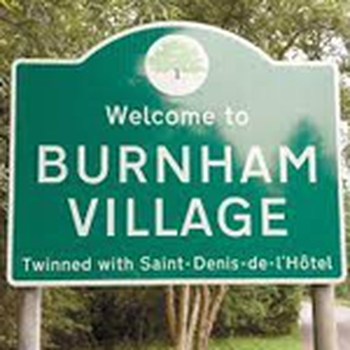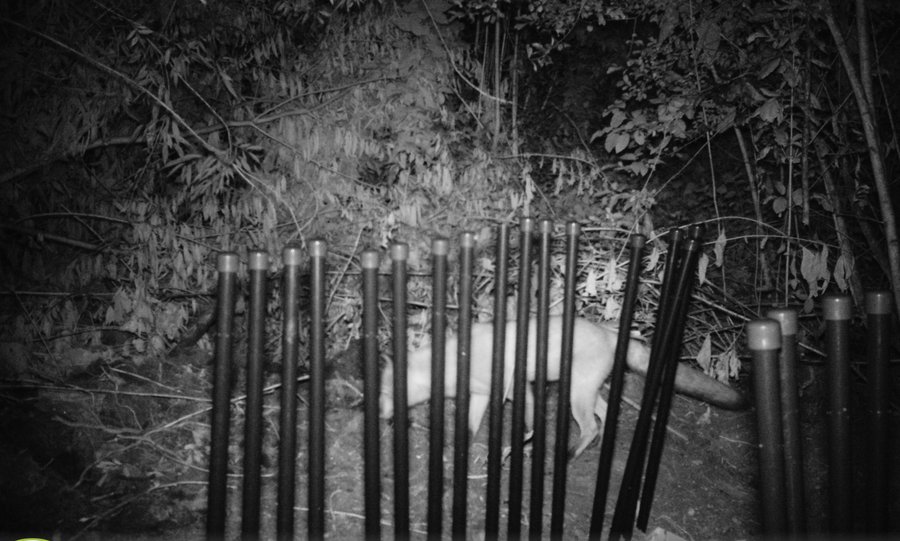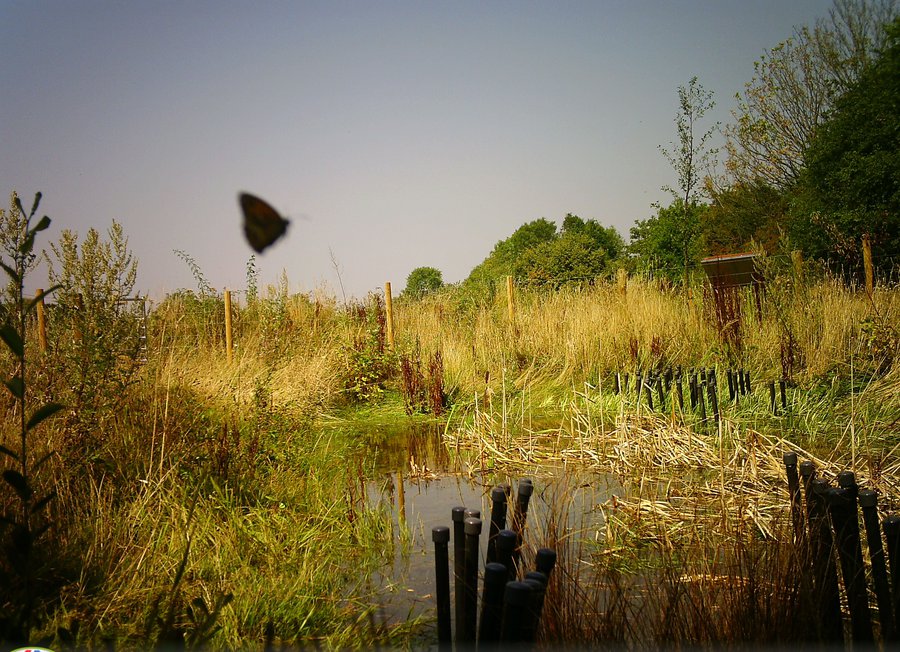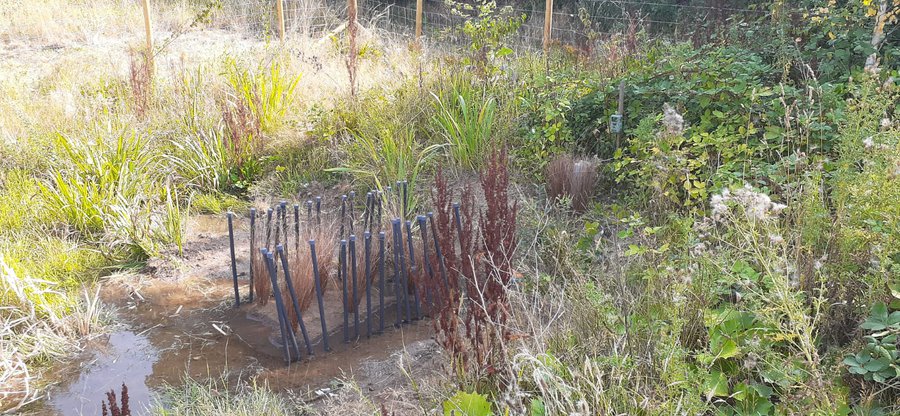Slough wildlife captured by green technology
Three motion sensor cameras, powered by plant microbial fuel cells, were placed in parks in the borough in the summer.
In a European first, the borough is the first place where the cameras are being used outside of trials by green tech pioneers Plant-e of the Netherlands in a second ground breaking partnership project with the council.
In the first few weeks the cameras have already powered up and captured a variety of fauna as they fly or pass by.
The cameras have been installed to reveal and monitor exactly what wildlife is in the parks during the day and night and are powered by bioelectricity created by the chemical reaction between plant roots and bacteria in the soil. Ongoing landscape works, such as the Slough Digital Urban Forest, can be evaluated using this system ensuring there is inherent value for money, while at the same time increasing levels of biodiversity across the borough.
Cllr Rob Anderson, cabinet member for transport and environmental services, said: “The cameras have already proved to be extremely successful and we have captured evidence of our expanding biodiversity in a digital format.
“The council can now provide more evidence when bidding for external funding streams related to natural capital and biodiversity expansion.
“The environmental plan has taken on an exciting hue and now has embedded within it, the uniqueness that the Slough environment is becoming synonymous with.”
With such projects the intention is to start a monitoring network covering Slough Canal using a digital platform to introduce citizen science in to the borough. The development approach work is being carried out with the University of Lancaster.
Along side this, thousands of trees are to be planted this autumn in the second phase of planting as part of the Urban Tree Challenge Fund.
Funding was secured from the Forestry Commission at the beginning of the year to plant 9,051 trees at 31 locations across 13 wards and planting began. The council match funded the amount and the money will be used to plant and cultivate the trees over the next four years.
The trees include birch, oak, spruce, pine, rowan, beech, and hawthorn and are of different ages from whips of under a metre tall and feather standards, of almost two metres, to standard trees up to three metres tall.
Many trees were planted this spring with more about to be planted in a further 26 sites across the borough adding to those already in Godolphin Recreation Ground, Farnham Lane, Scafell Park, Harvey Park and Faraday Recreation Ground.
The scheme is being further expanded in the Wexham Lea ward at Mirador Road, The Cherries and Wexham Road as well as in Langley Kedermister ward due to councillor funding.
Cllrs Haqeeq Dar and Harjinder S.Gahir from Wexham Lea and Cllrs Preston Brooker, Michael Holledge and Harpreet K.Cheema in Langley Kedermister ward have allocated Community Investment Fund, or CIF, money for the additional trees in their wards.
The Forestry Commission aims to facilitate the planting of a million trees by 2022 in urban areas offering a range of benefits, including temperature moderation, flood risk mitigation and improved wellbeing – particularly when in close proximity to large populations.





